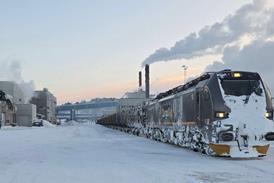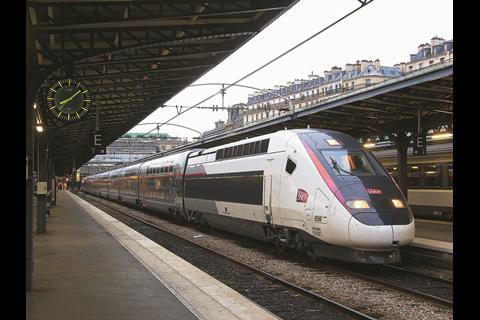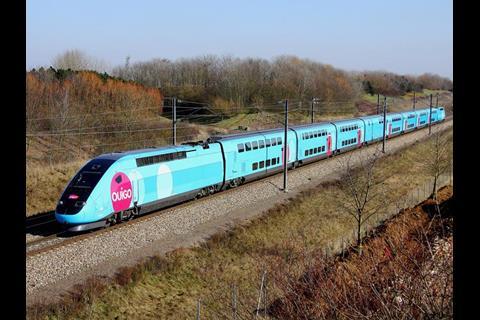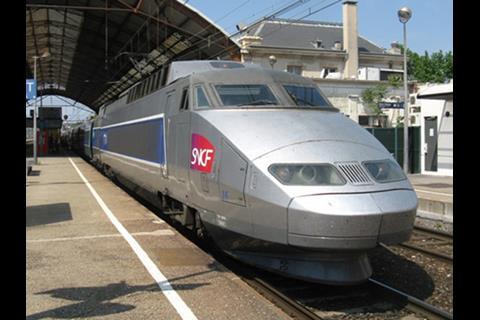FRANCE: National rail operator SNCF is planning to restructure its high speed operations over the next three years to improve fleet utilisation and facilitate the withdrawal of its oldest TGV trainsets.
According to the head of Voyages SNCF Rachel Picard, the changes are expected to reduce operating costs by between 20% and 30%. Revealing the proposals on January 8, she emphasised that SNCF needed to reduce the unit cost of its operations in order to become more competitive with other modes such as low-cost airlines, long-distance buses and ride sharing apps. A more efficient national operator might also discourage potential rivals from entering the French rail market when it is opened up to competition from 2021, she suggested.
SNCF has started to expand its Ouigo low-cost concept to more routes, and envisages that this could potentially account for around 25% of the long-distance market. Picard told Railway Gazette last year that SNCF would be looking to harness its experience with Ouigo to drive efficiencies in the rest of its high speed operations.
Ouigo relies on the intensive utilisation of a very small dedicated fleet, and Picard believes it should be possible to increase the time that TGV sets are in traffic from an average of 8 h to 10 h per day. This would be achieved by a radical restructuring of both timetables and fleet diagramming. Services would start earlier and finish later, while more trains would be serviced overnight rather than during the day. As an example, she suggested that it should be possible to run the Paris – Lyon service with 19 sets, compared to 24 today.
‘The potential is huge’, she explained. ‘In our plans we envisage cutting the TGV fleet from 400 to 300 sets; we want to provide the same offer with a quarter fewer trains. Less rolling stock means less investment and lower maintenance costs.’
Improved utilisation would enable SNCF to withdraw its remaining PSE and Atlantique trainsets, which are around 35 years old, without the need to buy replacements at an estimated cost of €35m each. That would give the operator a more technically homogeneous fleet, dominated by the various builds of TGV Duplex.
Consultation with local and regional authorities about the timetable restructuring is expected to begin shortly. This could prove controversial, with local media predicting that some stations could lose their TGV services as part of the changes.
The efficiency savings are intended to contribute to SNCF’s ongoing commitment to cut costs by €2·5bn between 2016 and 2020, which President Guillaume Pepy expects will be exceeded. SNCF reported that it had cut its costs by €820m in 2017, ‘far exceeding’ the target for the year of €750m. A further €780m saving has been budgeted for 2018.
Read our exclusive interview with Rachel Picard from the July 2017 issue of Railway Gazette International.




















